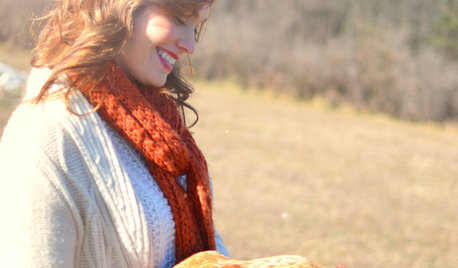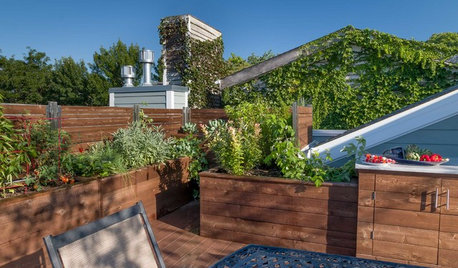Sand/Compost Mix for raised garden?
brownmola
12 years ago
Featured Answer
Comments (9)
brownmola
12 years agoRelated Professionals
Simpsonville Landscape Architects & Landscape Designers · Harvey Landscape Architects & Landscape Designers · Brentwood Landscape Contractors · Jackson Landscape Contractors · Peabody Landscape Contractors · Cambridge Landscape Contractors · Del Aire Landscape Contractors · Dunwoody Landscape Contractors · El Reno Landscape Contractors · Marlborough Landscape Contractors · View Park-Windsor Hills Landscape Contractors · Yukon Landscape Contractors · Reisterstown Landscape Contractors · Shorewood Decks, Patios & Outdoor Enclosures · Bainbridge Island Decks, Patios & Outdoor EnclosuresKimmsr
12 years agogargwarb
12 years agogardengal48 (PNW Z8/9)
12 years agogargwarb
12 years agogardengal48 (PNW Z8/9)
12 years agogargwarb
12 years agobrownmola
12 years ago
Related Stories

GARDENING GUIDESGet on a Composting Kick (Hello, Free Fertilizer!)
Quit shelling out for pricey substitutes that aren’t even as good. Here’s how to give your soil the best while lightening your trash load
Full Story
GARDENING AND LANDSCAPINGBuild a Raised Bed to Elevate Your Garden
A bounty of homegrown vegetables is easier than you think with a DIY raised garden bed to house just the right mix of soils
Full Story
GARDENING GUIDESVegetables and Flowers Mix in Beautiful Edible Gardens
Ornamentals, meet your edible garden mates. We know you'll get along just beautifully
Full Story
FARM YOUR YARDHow to Build a Raised Bed for Your Veggies and Plants
Whether you’re farming your parking strip or beautifying your backyard, a planting box you make yourself can come in mighty handy
Full Story
GARDENING AND LANDSCAPINGRaise Backyard Chickens Without Ruffling Neighbors' Feathers
Before you build a coop in the backyard, follow these strategies to help keep your neighbors from squawking
Full Story
KITCHEN DESIGNNew This Week: 2 Kitchens That Show How to Mix Materials
See how these kitchens combine textures, colors and materials into a harmonious whole
Full Story
FARM YOUR YARDAdvice on Canyon Farming From L.A.'s Vegetable Whisperer
See how a screened garden house and raised beds help an edible garden in a Los Angeles canyon thrive
Full Story
FARM YOUR YARDHow to Grow Vegetables in Containers
Get glorious vegetables and fruits on your patio with a pro’s guidance — including his personal recipe for potting mix
Full Story
GARDENING GUIDES10 Tips for Beginning Gardeners
With a simple sketch, basic tools and the right plants, you’ll be on your way to growing your first flowers or edibles
Full Story
CONTAINER GARDENSContainer Gardening Basics: The Dirt on Soil
Learn the types of potting soil available and the best mixes to help your containers thrive
Full StoryMore Discussions






dogwind